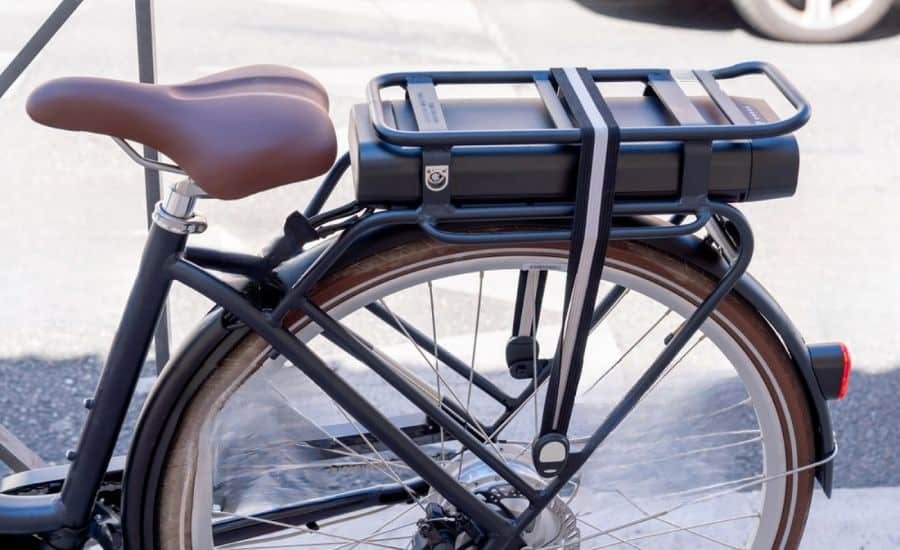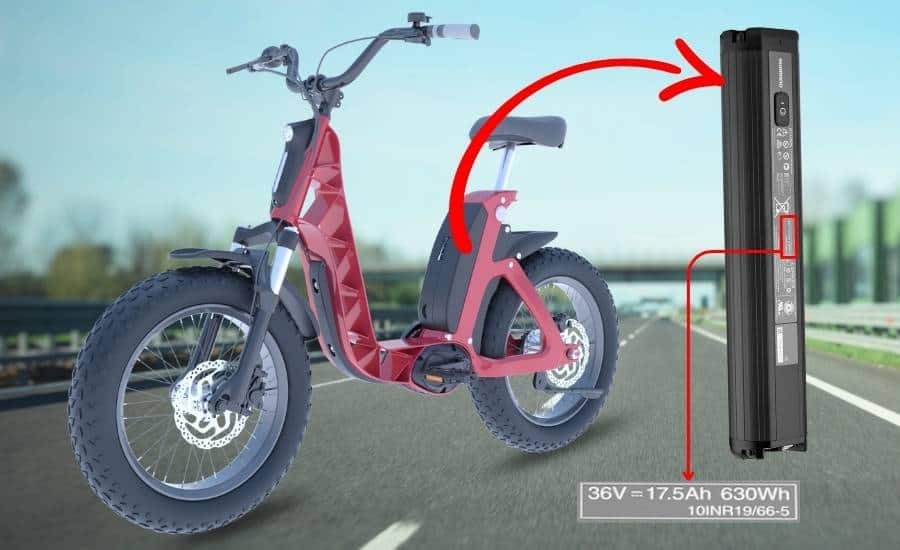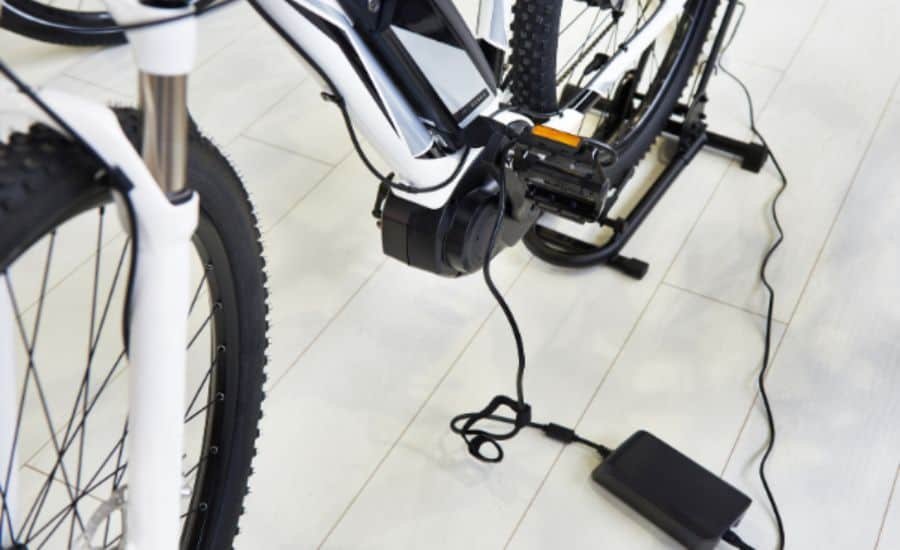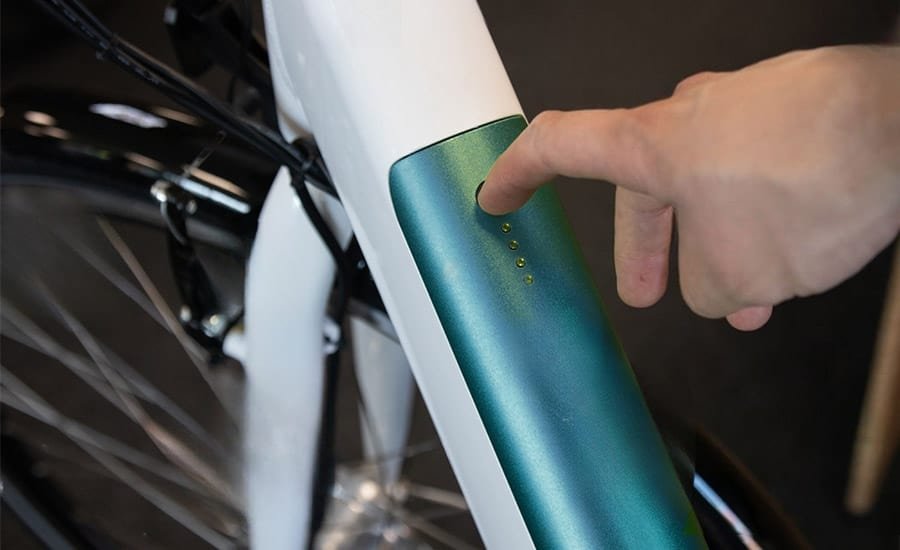Electric bikes are becoming an increasingly popular mode of transportation due to their eco-friendliness and cost-effectiveness. However, one of the most important components of an electric bike is its battery. Without a reliable battery, an electric bike would not be able to function. In this article, we will explore how electric bike batteries work and the different types of batteries available.
Electric bike batteries are essentially rechargeable batteries that power the electric motor of the bike. They come in different shapes and sizes, and their capacity is measured in watt-hours (Wh). The higher the watt-hour rating, the more energy the battery can store, and the longer the bike can travel on a single charge.
Understanding how electric bike batteries work is crucial for anyone who wants to own an electric bike. In the following sections, we will explore the basics of electric bike batteries, including how they store and release energy, the different types of batteries available, and how to maintain them to ensure they last for as long as possible.
Types of Electric Bike Batteries

Electric bike batteries come in various types, each with its own advantages and disadvantages. Here are the most common types you are likely to find:
Lithium-ion Batteries

Lithium-ion (Li-ion) batteries are the most commonly used battery in e-bikes. They are lightweight, have high energy density, and can last for several years. They are also more expensive than other types of batteries, but the cost has been decreasing over the years due to advancements in technology.
Nickel-Cadmium Batteries

Nickel-cadmium (NiCad) batteries were once popular in electric bikes, but their use has declined due to their high toxicity and low energy density. They are heavy and have a shorter lifespan compared to lithium-ion batteries. NiCad batteries are also more prone to memory effect, which can reduce their overall capacity over time.
Lead-Acid Batteries

Lead-acid batteries used to be found in cheap electric bikes in the past, but now you rarely come across it in the e-bike world. They are heavy, have low energy density, and require regular maintenance. They also have a shorter lifespan compared to lithium-ion batteries. However, lead-acid batteries are still used in some electric scooters and motorcycles due to their low cost.
Battery Capacity and Voltage

When it comes to electric bike batteries, capacity and voltage are two critical factors to consider. Battery capacity is measured in ampere-hours (Ah), while voltage is measured in volts (V). The capacity of a battery determines how long it can power the e-bike, while voltage determines the amount of power it can deliver.
The higher the voltage, the more power the battery can deliver, which translates to faster acceleration and higher speeds. Most e-bike batteries have a voltage range between 24V, 36V, 48V, and 52V. However, the voltage of the battery decreases as the battery is discharged, which means that the power output of the battery will also decrease as it discharges.
On the other hand, battery capacity determines how long the battery can power the e-bike. A higher capacity battery can provide more power for a longer time, which means that you can ride your e-bike for longer distances without needing to recharge. The capacity of a battery is measured in ampere-hours (Ah), which is the amount of energy that the battery can deliver over time.
It is important to note that battery capacity and voltage are interrelated. The watt-hour (Wh) is the unit used to measure the total energy capacity of a battery. It is calculated by multiplying the voltage (V) by the ampere-hour (Ah). Therefore, a battery with a higher voltage and capacity will have a higher watt-hour rating and will be able to provide more power for a longer time.
Here’s a summary of what you need to know about battery capacity and voltage:
🔲 Higher voltage means more power and faster acceleration
🔲 Higher capacity means longer rides without needing to recharge
🔲 Watt-hour (Wh) is the unit used to measure the total energy capacity of a battery
🔲 A higher watt-hour rating means more power for a longer time
When choosing an e-bike battery, it is important to consider both capacity and voltage to ensure that you have a battery that meets your needs.
Charging an Electric Bike Battery

Charging an electric bike battery is a simple process but requires some attention to detail. Here are some tips to help you charge your e-bike battery properly:
🔲 Always charge your electric bike battery on a clean, flat surface. Make sure it’s not sitting in direct sunlight or next to anything that could overheat and cause the battery to fry.
🔲 It’s essential to use the charger that comes with your e-bike. Using a different charger could damage the battery or even cause a fire.
🔲 Before charging, check the battery’s voltage to ensure it is not below the minimum safe level. Charging a battery that has a voltage lower than the recommended level can damage the battery and reduce its lifespan.
When charging your electric bike battery, follow these steps:
1️⃣ Connect the charger to the battery and plug it into a power source.
2️⃣ Make sure the charger is switched on and charging has started.
3️⃣ Check the battery periodically to ensure it is not overheating. If the battery feels hot to the touch, unplug the charger and let the battery cool down before continuing the charging process.
4️⃣ Once the battery is fully charged, unplug the charger and disconnect it from the battery.
The charging time for an electric bike battery depends on the battery size, wattage, and charger speed. Charging an electric bike battery takes from around 3 to 6 hours from 0 to 100%. You can get faster chargers that take 1-2 hours. However, fast charging a lot isn’t healthy for the battery. Chargers are normally measured in Amps.
It’s essential to follow the manufacturer’s instructions for charging the battery. Overcharging or undercharging can damage the battery and reduce its lifespan. Proper charging is essential to keep your electric bike battery in good condition and ensure it lasts as long as possible.
Maintaining an Electric Bike Battery

Proper maintenance of your electric bike battery is crucial to ensuring its longevity and performance. Here are some tips to keep your battery in top condition:
🔲 Charge your battery regularly, even if you don’t use your bike often. Leaving the battery uncharged for extended periods can cause irreversible damage.
🔲 Store your battery in a cool, dry place, away from direct sunlight and extreme temperatures. Avoid storing it in a damp or humid environment.
🔲 Clean your battery regularly with a soft, dry cloth to remove dirt and debris. Avoid using water or other liquids to clean the battery, as this can damage the electrical components.
🔲 Check the battery terminals for corrosion or damage, and clean them with a wire brush or sandpaper if necessary. Corrosion can prevent the battery from charging properly and reduce its lifespan.
🔲 Avoid overcharging your battery. Most electric bike batteries have a built-in protection circuit that prevents overcharging, but it’s still a good idea to unplug the charger once the battery is fully charged.
🔲 Use the correct charger for your battery. Using the wrong charger can damage the battery and reduce its lifespan.
By following these simple maintenance tips, you can extend the life of your electric bike battery and enjoy optimal performance for years to come.
Replacing an Electric Bike Battery

Replacing an electric bike battery is a simple process that can be done by most people. Here are the steps to follow:
1️⃣ Remove the old battery: Most of the time, a key removes the battery from the electric bike. However, you can always unfasten the bolts and remove the battery kit. Remove all the wires that connect the battery to the motor.
2️⃣ Install the new battery: Once removed safely, reverse the process to install the new battery and secure it into place on the electric bike frame. Make sure the wires are connected properly and the battery is securely fastened. It’s important to note that not all electric bike batteries are the same. When replacing a battery, make sure you purchase the correct battery for your specific electric bike model. Check the voltage, capacity, and dimensions of the battery before purchasing.
Additionally, it’s important to properly dispose of the old battery. Many local recycling centers will accept old batteries for recycling. Do not dispose of the battery in the trash, as it can be harmful to the environment.
In conclusion, replacing an electric bike battery is a simple process that can be done with minimal effort. Just make sure to purchase the correct battery for your specific electric bike model and properly dispose of the old battery.

